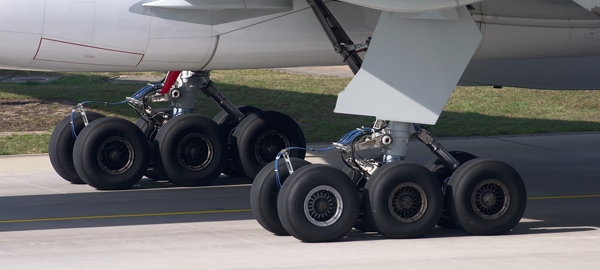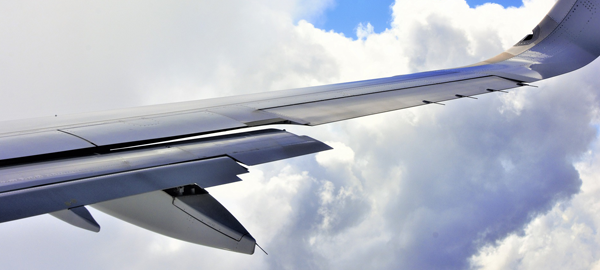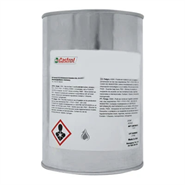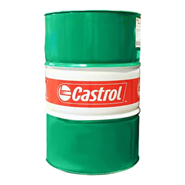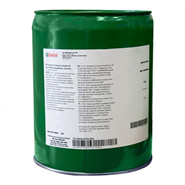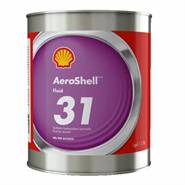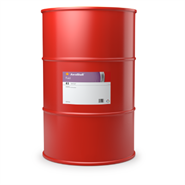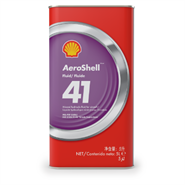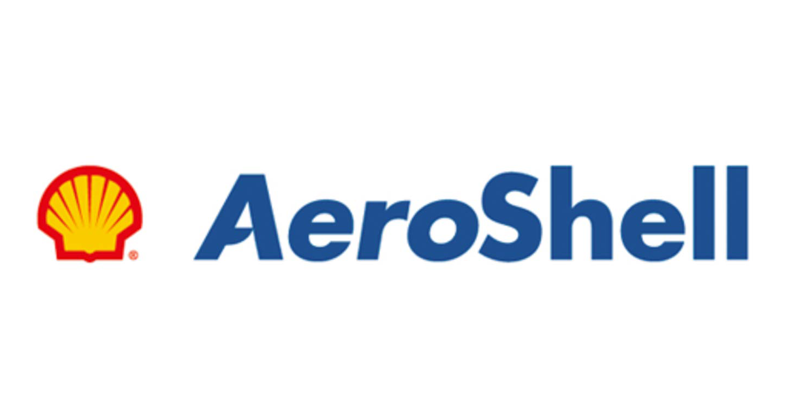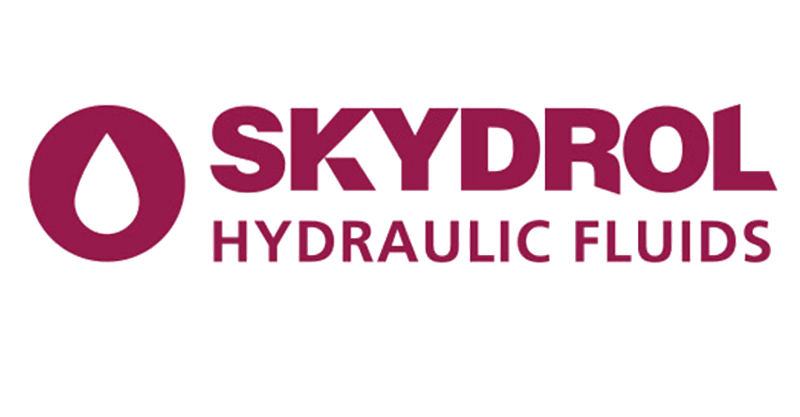What is a hydraulic fluid?
There are various types of hydraulic fluids (sometimes referred to as hydraulic oil) currently in operation around the world. Generally, a hydraulic fluid should exhibit the following properties:
- Low freezing point;
- Good anti-corrosion properties;
- Flammability characteristics;
- Seal compatibility;
- Good temperature stability at both high and low temperatures;
- Long service life.


